For the digital control systems, you need to sample the data and execute the controller at every sampling time. z-transform converts the continuous system to the discrete system.
For exampl, if your sampling time is '1', you can express a simple time-series model as below,
y(t) = a1*u(t-1) + a2*u(t-2)
--> y(t) = a1*z^-1*u(t) + a2*z^-2*u(t)
--> y(t) = A(z)u(t), where A(z) = a1*z^-1 + a2*z^-2
a1, a2 = FIR coefficients
However, this time-shift operator 'z^-1' does not appear in your code. It is implicitly expressed with your sampling-time and FOR or DO loop depending on the language that you are using.
Please see the python code for velocity form of PID controller. Velocity form is a little bit easier to implement because you don't worry about the additional logic for the anti-reset windup.
for i in range(1, ns): #ns = simulation time
# PID Velocity form
e[i] = sp[i] - pv[i]
P[i] = Kc * (e[i] - e[i-1])
I[i] = Kc*delta_t/tauI * (e[i])
D[i] = Kc*tauD/delta_t * (pv[i] - 2*(pv[i-1]) + pv[i-2])
op[i] = op[i-1] + P[i] + I[i] + D[i]
if op[i] < oplo or op[i] > ophi:
# clip output
op[i] = max(oplo,min(ophi,op[i]))
You can also find an example of a PID controller using a GEKKO package in the following link.
https://apmonitor.com/wiki/index.php/Main/GekkoPythonOptimization
